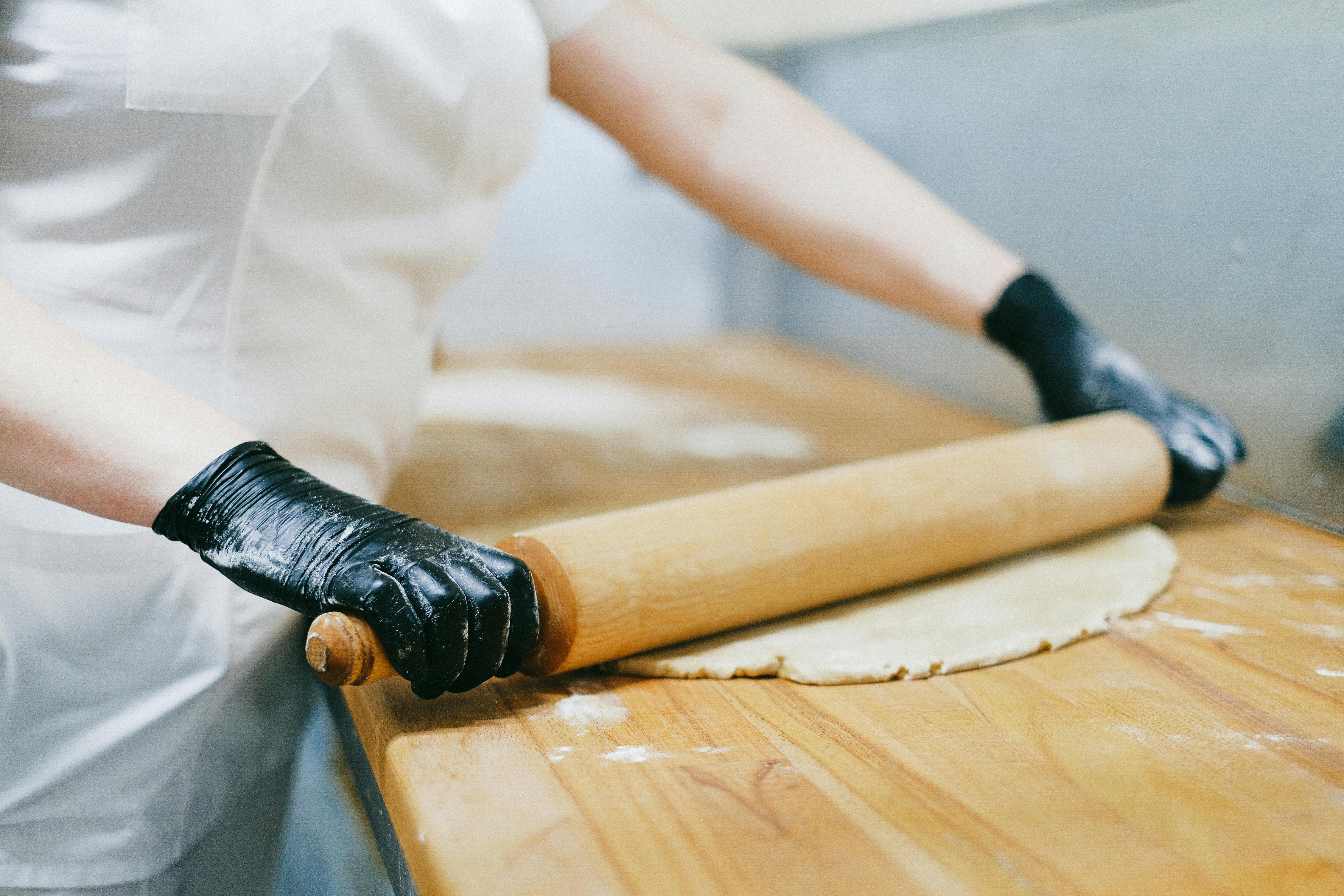
Smart Ways to Cut Drywall Effectively in 2025
Cutting drywall may seem straightforward, but mastering the techniques can significantly elevate your drywall installation skills. Whether you're a DIY enthusiast or a professional contractor, learning how to cut drywall effectively in 2025 involves understanding various cutting methods, utilizing the best tools available, and following safety protocols. This guide provides you with essential drywall cutting techniques, step-by-step methods, and expert tips to achieve clean, precise cuts every time.
We will cover different cutting methods, including the drywall scoring method for straight cuts, using a utility knife effectively, and advanced techniques like cutting drywall with a jigsaw or rotary tool. In addition, we will discuss measuring drywall accurately for cutting, safety tips to ensure a risk-free cutting process, and tools that can make your job easier. By the end, you'll be well-equipped with the knowledge to tackle any drywall cutting project confidently.
Key takeaways include understanding the best practices for measurement and cutting, exploring various tools suitable for the task, and learning efficient cutting techniques that will save you time and ensure quality results.
Essential Techniques for Cutting Drywall
Before you dive into cutting drywall, it's crucial to understand the various techniques available. Whether you're looking to make straight cuts, circular cuts, or cuts for outlets, having a solid foundation in drywall cutting principles is vital.
Learning the Drywall Scoring Method
The drywall scoring method is one of the most effective techniques for achieving straight cuts in drywall. This method involves lightly scoring the front surface of the drywall with a utility knife and then snapping it along the scored line. To do this correctly, set your T-square alongside the line where you want to cut, use your utility knife to create a score about 1/8 inch deep, and then snap the board over your knee or against a sturdy edge.
Practicing this technique will refine your skills, allowing for clean, professional-grade cuts. Remember, the benefit of this method is not just in achieving neat cuts but also in its quick execution, making it ideal for larger drywall sheets.
Mastering Circular Cuts
For cutting circular patterns, such as for light fixtures or air ducts, using a jigsaw is recommended. Start by measuring and marking the circle on your drywall, then use a drywall saw or a rotary tool to cut along the line. It's essential to keep the blade steady and follow the curve closely to avoid rough edges.
To ensure that your circular cuts are accurate, create a template first. You can use a piece of cardboard to trace your desired circle shape, which will guide your jigsaw as you cut.
Precision Cuts for Outlets and Fixtures
Cutting drywall for outlets requires precision. First, measure the box and mark the area on your drywall sheet. It's recommended to use a utility knife to score the outline of the outlet box and then cut along the marked line. If you're using a jigsaw, make sure the blade is suitable for drywall. This technique not only ensures a perfect fit but also helps maintain the integrity of the surrounding drywall.

The Best Tools for Cutting Drywall
Utilizing the right tools can make a significant difference when cutting drywall. Various cutting tools offer unique advantages depending on the complexity of your project and the precision required.
Utility Knives and T-Squares
A utility knife combined with a T-square is essential for straight cuts. This combination allows you to score the drywall accurately and maintain a steady line during your cuts. For best results, choose a sharp utility knife blade, and replace it regularly to ensure clean scores.
Using Electric Tools for Efficiency
Electric tools like jigsaws and rotary cutters can drastically reduce the time spent cutting drywall, especially for intricate cuts. These tools are great for home renovation projects where efficiency and precision are key. When using electric tools, ensure you are comfortable and experienced, as they require different handling than manual tools.
Drywall Saw and Hand Tools
A drywall saw or jab saw is ideal for making quick cuts through the drywall and navigating tight spaces. While it may not be the first choice for large sheets, it excels in cutting drywall around windows or doors. Additionally, keep supporting hand tools like a drywall rasp handy for smoothing edges after cutting.
Measuring and Preparing for Cuts
Accurate measurement is fundamental to successful drywall cutting. Mismeasuring can result in wasted materials and time. Thus, having a clear method for measuring and marking your drywall before cutting is essential for achieving perfect dimensions.
Measuring Drywall Accurately
Start by measuring the space where the drywall will be placed. Use a measuring tape and pencil to note down the dimensions on the drywall sheet. It’s advisable to check measurements multiple times to avoid mistakes. For larger sheets, consider using a chalk line to ensure your markings are straight and visible.
Best Practices for Marking Cuts
A good marking practice is to mark the front side of the drywall, as this will be the side visible after installation. Use a straightedge or T-square to connect measuring points and create your cutting lines. This method will help you stay consistent and minimize errors during the cutting process.
Safety Tips for Cutting Drywall
Cutting drywall can result in safety hazards if proper precautions are not taken. Familiarizing yourself with safety tips will help ensure a safe environment while you work.
Essential Personal Protective Equipment (PPE)
Always wear protective eyewear to shield your eyes from flying debris. In addition, a dust mask is advisable to reduce inhalation of drywall dust during cutting. Gloves can also protect your hands from sharp edges created during the cutting process.
Proper Ventilation and Workspace Preparation
Ensure your workspace is well-ventilated, especially if you’re using electric tools. Prepare your workbench by clearing any clutter to avoid accidents. Setting up a clean and safe workspace contributes significantly to injury prevention.
Handling and Storing Drywall Sheets
When moving or storing drywall sheets, always lift with your legs and keep the edges covered to avoid paper cuts. Ensure that sheets are stored flat and secured properly to prevent them from falling or shifting.

Tips for Cleaning and Transformational Cuts
Achieving clean cuts is an art that can significantly enhance the overall finish of any drywall installation project. Several techniques and practices can help with this.
Avoiding Rough Edges When Cutting
To prevent rough edges, ensure that your blades are sharp. Dull blades lead to tearing rather than cutting. Additionally, cutting a bit deeper than required can create cleaner edges when finished correctly.
Maintenance of Cutting Tools
Regularly maintaining your cutting tools is also crucial. Clean the blades after each use, and replace blades at the first sign of dullness. Ensuring your tools are in excellent condition will contribute significantly to the cleanliness of your cuts.
Conclusion
In summary, cutting drywall effectively hinges on understanding the various techniques, employing the right tools, and adhering to safety protocols. By mastering basic methods such as the drywall scoring method, and utilizing electric tools for efficiency, you will achieve professional-quality results in your projects. Equip yourself with knowledge on safety practices, measuring techniques, and maintaining your tools, and you'll be ready to take on any drywall cutting task with confidence.
